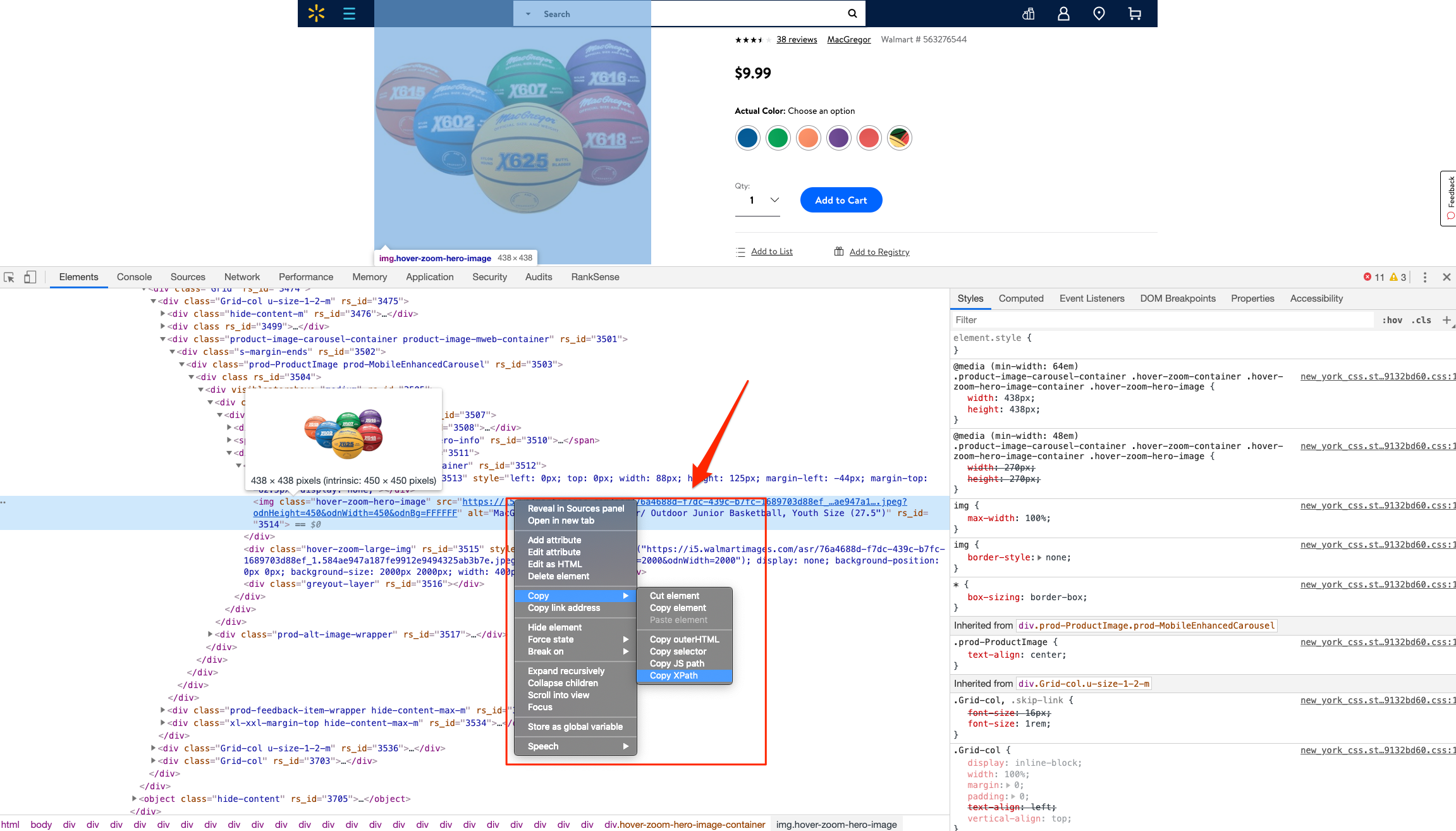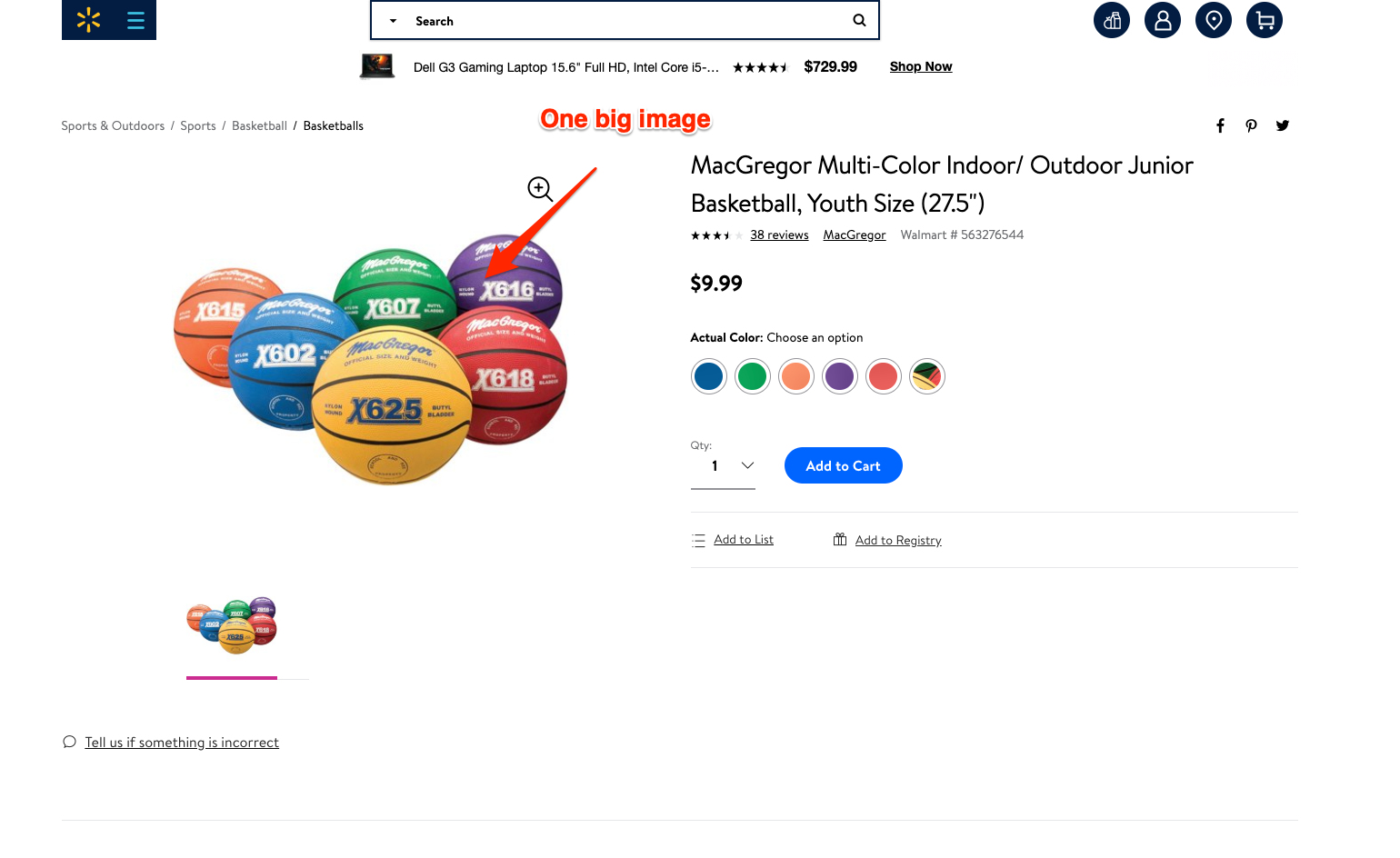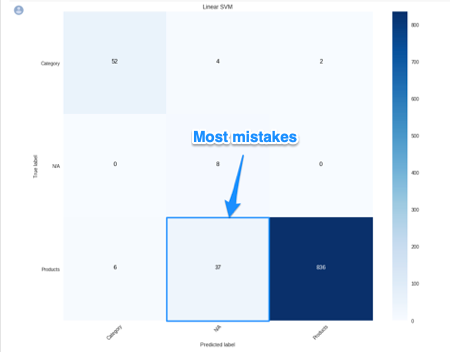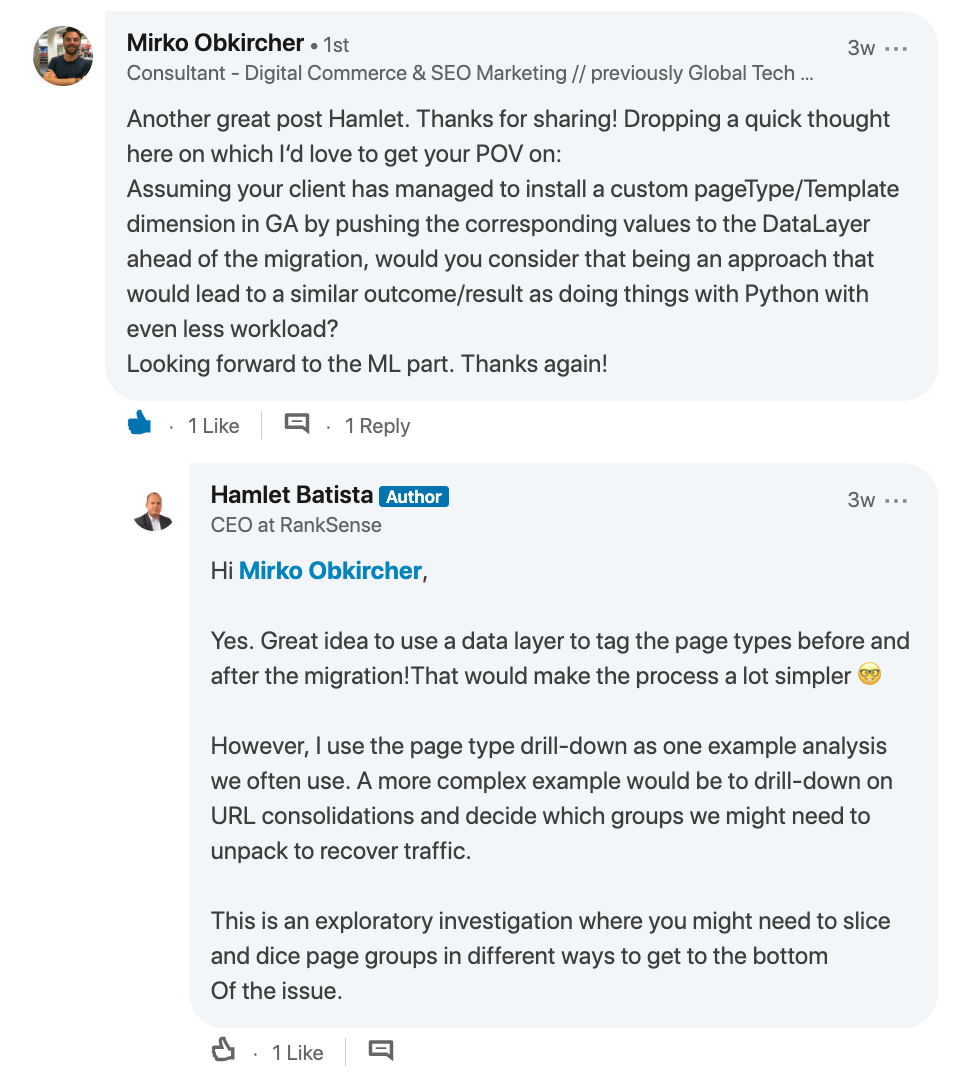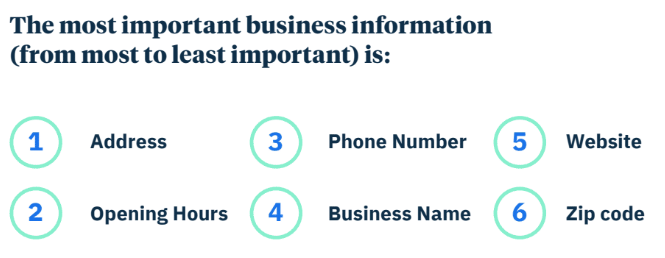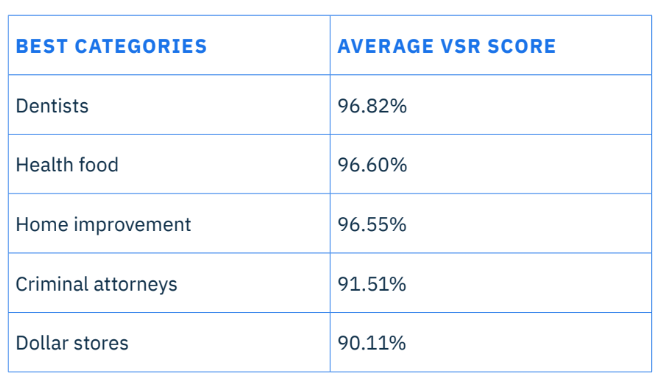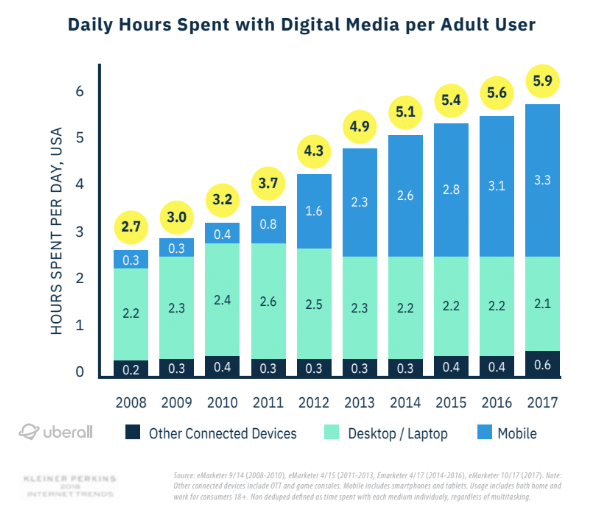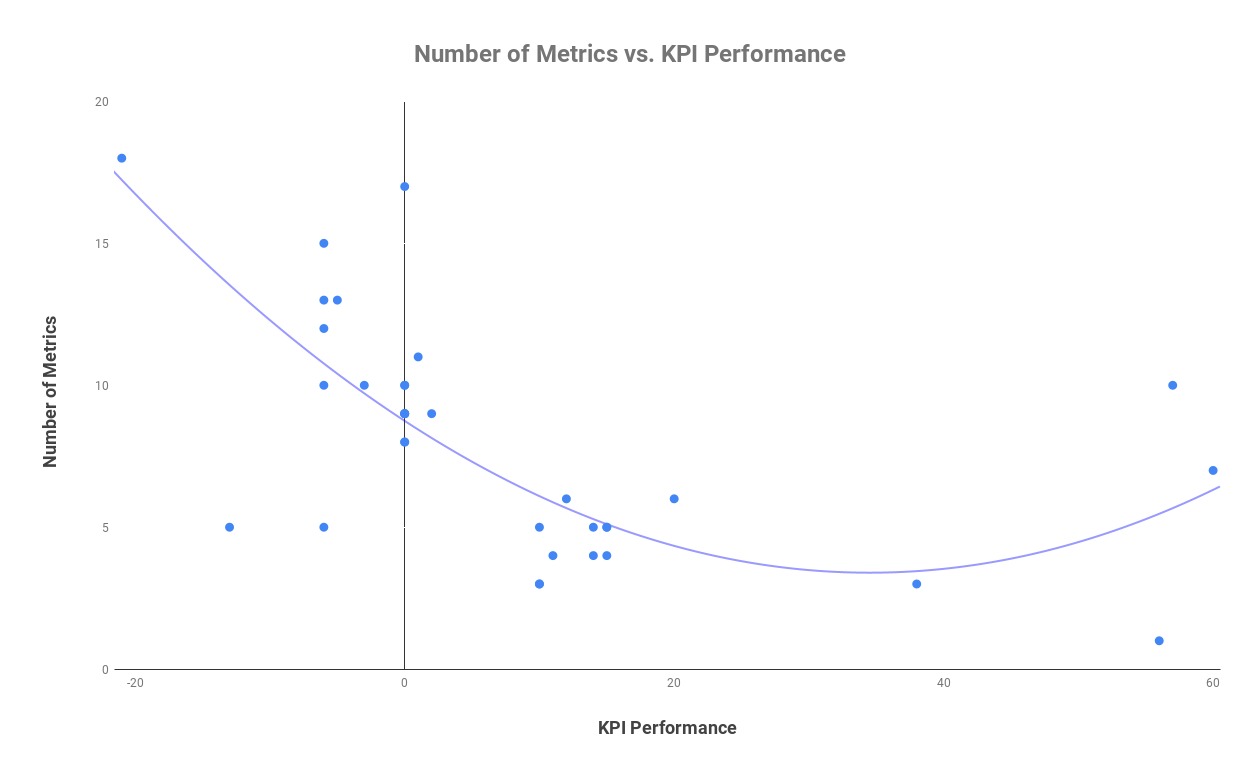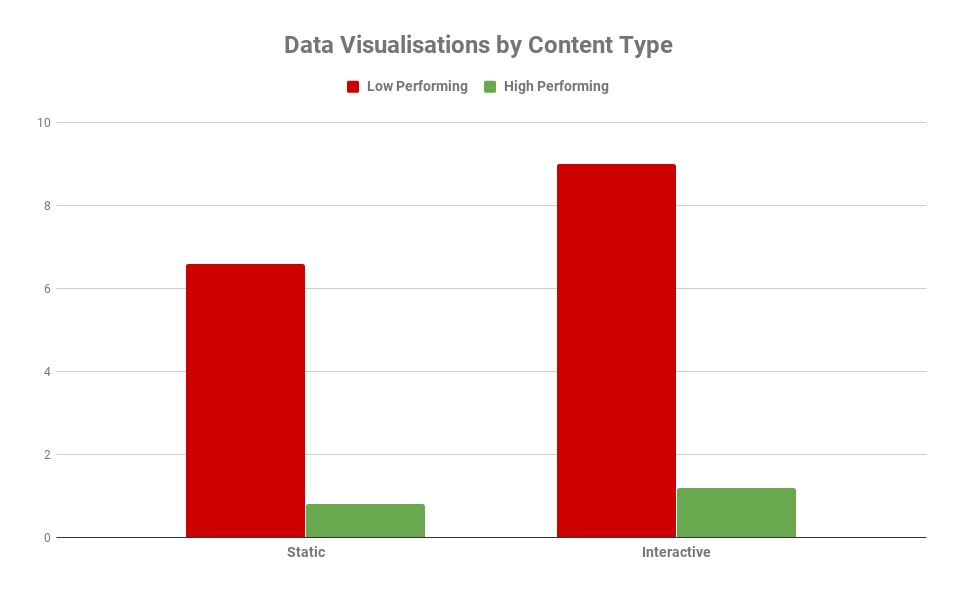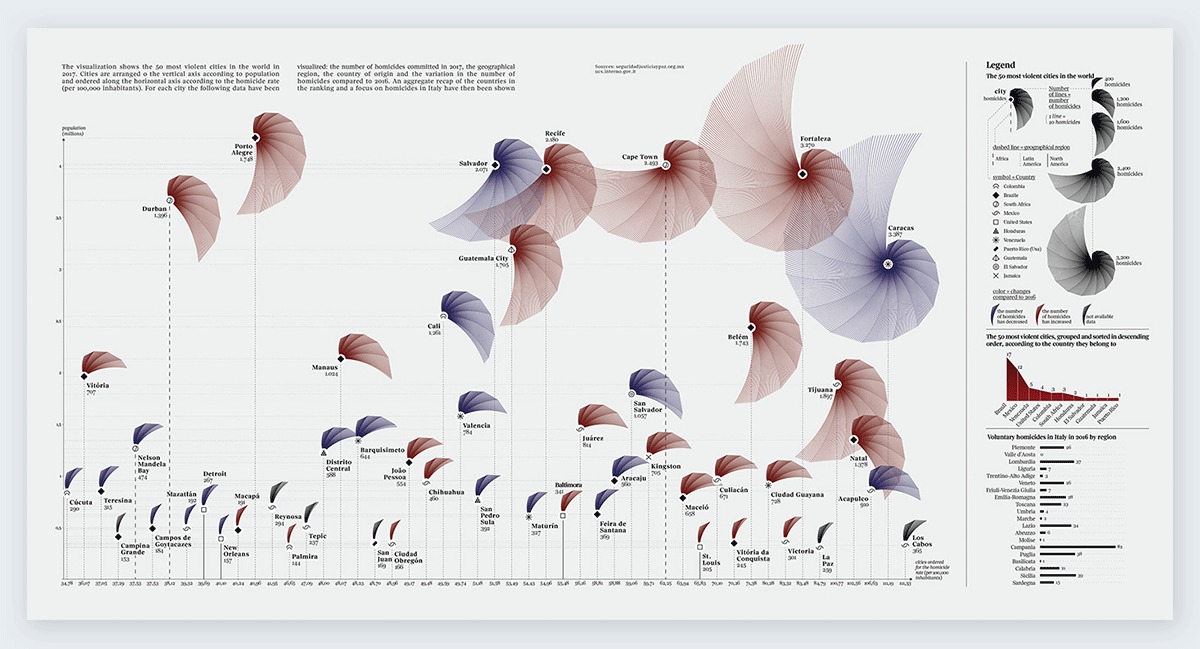Gartner recently published their Predicts 2019 research report, outlining several converging trends that pose a threat to CMOs and marketing organizations. The report also makes several bold predictions including that “by 2023, 60 percent of CMOs will slash the size of their marketing analytics departments by 50 percent because of a failure to realize promised improvements.”
The number one success factor for CMOs today is the ability to effectively leverage customer data and analytics. And yet, according to Gartner’s report, companies today are clearly not demonstrating consistent return on that investment, a problem which often stems from a lack of marketing analytics leaders and the organizational structure necessary to effectively translate data and insights into action.
To discuss in more detail, we chatted with one of the authors of the Gartner report, Charles Golvin, to explore what CMOs and marketing leaders can do to buck the prediction and drive stronger results for their marketing analytics investment.
Our conversation, coupled with my own experience, solidified five ways CMOs can improve return on their marketing analytics investment, while also reinforcing why it matters:
1. Build organizational structure to apply better data
Knowing how to effectively leverage customer data and analytics is the number one success factor for CMOs today. And yet, to fully leverage the power of analytics, companies need to develop organizational structure and processes to be able to identify, combine and manage multiple sources of data.
As Golvin puts it, “companies need to build a better pipeline of carrying data from its raw state to decision and action systems for data science leaders to apply insights and powerful analysis to determine the right action and right strategy.”
To build these pathways, companies need a strong methodology coupled with an approach for how data gets aggregated, digested and applied to their various marketing systems.
2. Develop analytics leaders who bridge both data science with marketing strategy
Another key success factor for companies is developing and hiring the right leaders who can bridge both data science and business strategy. Simply put, analytics leaders need to know enough about business to ask the right questions of data. Only then, can they apply data and models to yield better decisions and drive sustainable growth.
This is our philosophy at Wharton – preparing well rounded, analytically-adept business leaders who don’t ask what data can do for them, but what data is needed to increase customer lifetime value (CLV) and how to apply data and customer insights to shape brand strategy.
“Gartner regularly conducts surveys about different challenges that CMOs and marketers face, and every year, the one that rises to the top is finding skilled data and analytics leaders to hire,” shares Golvin. “Companies also struggle to find those ‘unicorns,’ or people able to command both data science and business strategy.”
Golvin also pointed out that once a company does hire an analytics leader, companies need the right foundation in place to foster their success. “There’s no value to hiring a data scientist whose output leadership doesn’t understand or know how to implement.”
Too often, we see traditional marketing organizations that aren’t able to effectively apply analytics or don’t understand how to frame the questions for data scientists on their team. The reverse is also a common challenge: analytics leaders don’t grasp how to use data to shape the broader business and brand strategy.
3. Hire a Chief Analytics Officer, or up-level the importance of analytics
So how do companies up-level the importance of analytics and develop the data-driven culture, capabilities and leaders needed to successfully transform their organization? One trend we are seeing is the emergence of the Chief Analytics Officer or Chief Data Scientist across more organizations.
As Golvin notes, “we’re already starting to see the emergence of Chief Marketing Technology Officers, who are focused on deployment of the right technology, architecture and capabilities. The next trend may be marketing analytics leaders at the c-level, who are purely about analytics and understanding the data.”
When companies empower analytics leaders to lead strategy, it can transform the culture, providing a clear vision for what customer data will be used and how to reach the desired business impact. When companies fail to make this investment, it leaves high-caliber professionals in a quandary.
“Too often data science leaders end up doing grunt work such as basic data processing and preparation, rather than using their analytics mindset and abilities to drive actionable marketing strategy, separate the signal from the noise and improve marketing outcomes,” notes Golvin.
4. Focus on better data, not big data
An ongoing challenge organizations face today is what we call “better data, not big data.” Too often we see companies that are collecting data for data’s sake, rather than taking a lean approach where they only collect data when it helps to optimize the experience for their target customers or better prediction of future behaviors.
“As data becomes more integral to marketers, a ‘more is better’ attitude develops, without necessary consideration given to the downside risks,” notes Golvin. “Companies need to do a better job of being transparent about what data they use and how, as well as considering the pros/cons, and risks of incorporating that data into a profile of their customers. More data does not necessarily lead to greater business intelligence – and in many cases can expose the brand to issues that impact customer trust.”
Data collection is in no one’s interest when it’s not meaningfully tied to strategy.
5. Separate the signal from the noise to predict and optimize business outcomes
Improving ROI for marketing analytics requires constant learning and experimentation to separate the signal from noise. There’s no better way to learn about your customer than to see what works and what doesn’t.
While big data and machine learning are great to business intelligence, a well-controlled experiment can deliver far more value. Finding the most impactful experiments to run starts with asking the right questions and maintaining a test and learn mindset where you’re constantly evolving to improve the experience for customers. The iterative adaptation based on these experiments builds momentum.
Many marketers know the “Holy Grail” phrase “deliver the right product to the right person at the right time.” In the past, this was more difficult because we didn’t know where consumers were. Now when marketers use better data, they know where the customer was and is more likely to be – providing the foundation for the ultimate in contextual 1:1 marketing.
Opinions expressed in this article are those of the guest author and not necessarily Marketing Land. Staff authors are listed here.


















